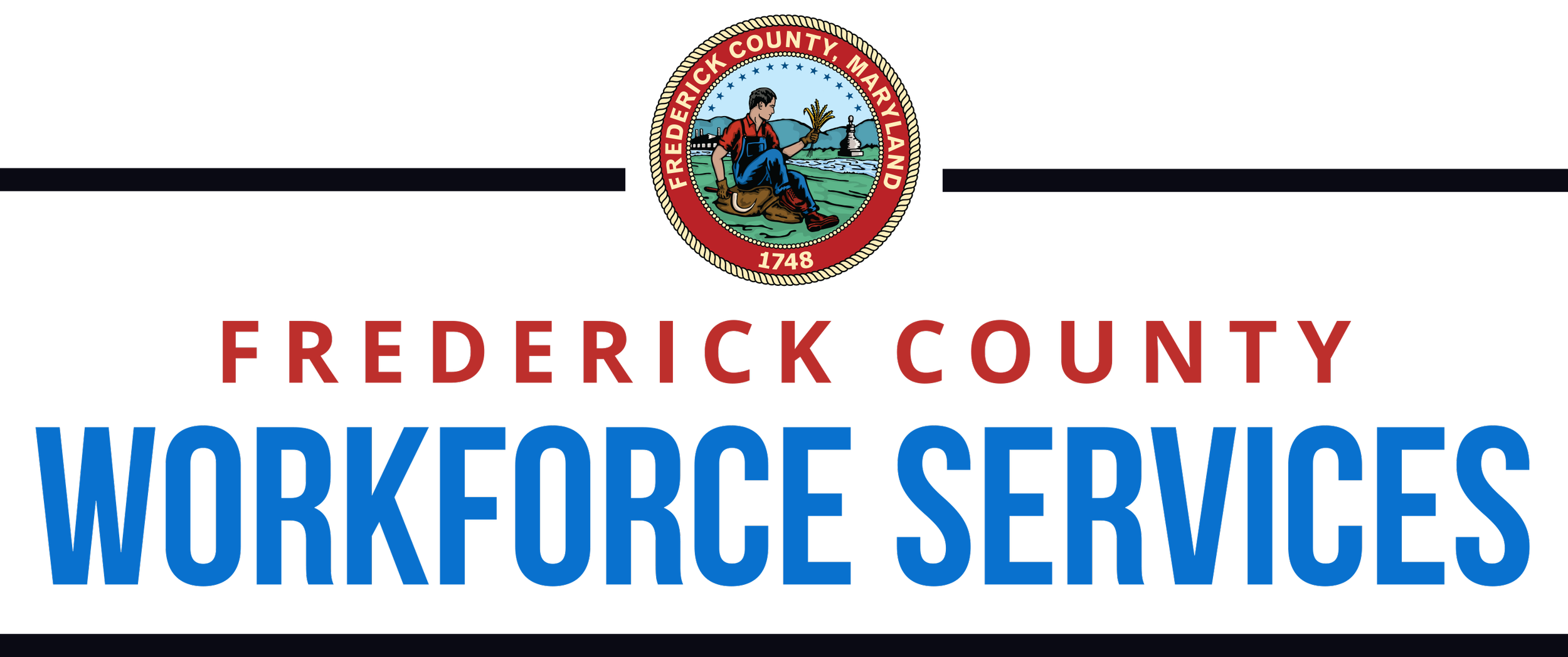Flexible Work in Healthcare: A Strategy for Retention and Resilience
By Max Dougé, Senior Business Development Specialist
In today’s high-stress healthcare environment, flexibility is more than a perk - it’s a workforce strategy.
Since Covid, healthcare employers across the country have faced mounting pressure from staffing shortages, burnout, and rising turnover. The solution many leaders are turning to?... Workplace flexibility.
But flexibility in healthcare doesn't necessarily mean working from home. It can look like:
Self-scheduling or flexible shifts
Compressed workweeks
Job sharing among clinical staff
Cross-training for role versatility
Remote administrative roles when possible
What is the return on investment (ROI) of flexibility? Hospitals and healthcare systems that have adopted flexible scheduling report improvements in staff satisfaction, reduced burnout, and better patient care outcomes. According to the American Hospital Association, flexibility is one of the top drivers of retention in clinical roles, especially for nurses.
With the average cost of replacing a single bedside nurse ranging between $40,000–$60,000, the financial argument is clear. A flexible workforce is a sustainable workforce.
Recommended Steps to Make It Work
Engage your staff. Survey teams to understand their stress points and preferences.
Start with a pilot. Test a flexible schedule in one unit or department and gather feedback.
Leverage tech. Use workforce management software to support dynamic scheduling.
Rethink roles. Can administrative staff work hybrid or remote? Can certain tasks be redistributed?
Train your leaders. Nurse managers and department heads must be equipped to manage flexibly and fairly.
The healthcare industry is rooted in care toward its patients, but it should also extend to its staff. Embracing flexibility doesn’t mean compromising on patient care; it means ensuring there are healthy, engaged professionals able to deliver it consistently. Flexible work shouldn’t be a trend. For healthcare, it can be a lifeline.
For more information, check out:
